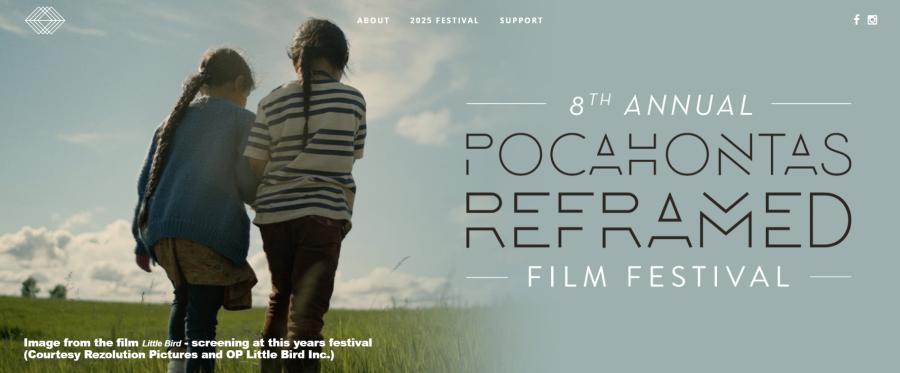Upcoming Collaborative Projects
The Wagucha Folklore Group of Boston is collaborating with Cultural Survival to bring a three-day curriculum to the Pilot School and Spanish classes at Cambridge Rindge and Latin High School in November. This three-day orientation to Garifuna culture and presentation of Garifuna music and dance rhythms initiates our cooperative endeavor in writing a full curriculum on the Garifuna, an indigenous population with communities throughout Central America, the Caribbean and the U.S. This exciting project engenders student appreciation and enthusiasm for Garifuna tradition and heritage while allowing students to interact with and participate directly in Garifuna cultural activities.
Commentaries from Omar Suazo and Sendy Vaughn Suazo of the Wagucha Folklore Group:
Q: Why do you enjoy visiting schools and teaching about Garifuna heritage?
Omar: "We come to schools because we feel it is important for people to know about the Garifuna people and culture, for both Garifuna and others. Not only Garifuna can learn our language and culture, but others can learn about them too. I also like to teach to open my own mind by getting feedback from students and teachers. Also, a lot of Garifuna in the U.S. have kids in the schools here, growing up speaking English and assimilating because they think that is how they will improve their lives. If you forget who you are, you cannot live in peace. That's why I enjoy showing people that my culture is alive and well."
Sendy: "I like to come to schools because I feel the Garifuna legacy is an important part of America's history. There are so many events and peoples that are never spoken of in American history. As a large immigrant population, we are also a part of America, so its vitally important for students in the U.S. and in countries where Garifuna populations reside to learn about our history and culture. We would also like to structure an education program so that Garifuna kids here can have a Garifuna education in their schools. This is an important part of making students feel proud of who they are and of dissolving the secrecy surrounding Garifuna history. Migration to the U.S. has affected the Garifuna community, maybe more than Garifuna people realize, and it's all the more reason we and others have to learn about our history. If you don't know who you are, you cannot know where you are going."
What do you like best about educating?
Omar: "I appreciate it when people ask me to speak my language, and people are interested in what I have to say to them."
Sendy: "I enjoy seeing that people are getting something new, something that they never heard about but that has been around them for so long. Students and teachers realize that they have probably met Garifuna people before and just never realized who they were. People are learning that Garifuna come from Central America, the Caribbean, all over. Its also important that they see the relationship between the legacy of our people and slavery. They see Garifuna people who may speak English and assume they are from an African-American background. The Garifuna people successfully resisted slavery and many of them paid with their lives. Teachers also realize that they've probably had Garifuna kids in their classroom and never knew it. Its an eye-opener for many that Garifuna are a distinct people ethnically and that although we are categorized as Hispanic, we don't really fit into that category. Its exciting to see students and teachers come to understand there is a range of subcultures and ethnic groupings within the Hispanic population."
Commentary from Brent Lassow, Spanish teacher, Cambridge Rindge and Latin High School:
"I am excited about incorporating the pilot curriculum on the Garifuna and inviting Omar, Sendy and Cultural Survival to present to the classes not only because I want to learn about the Garifuna people, but I think it is also important for the students to learn about indigenous peoples in our own community. Most people try to categorize people by where they come from and forget there are divisions within Hispanic cultures in Latin America. Its important for students to learn about all these unique cultures, especially those that have been repressed or kept `underground.' People are not teaching about the Garifuna people, their culture and language and I believe its our role in society as educators to keep these cultures alive. As a Spanish teacher I feel language teaching in the U.S., pedagogically, is absurdly removed from actual experience. The most important aspect of language teaching is immersion in the language and cultures. Since we are unable to bring large groups of students to Latin America to immerse them for extended periods, the next best option is to bring valuable educational materials and people here into the classroom, real people with real stories. These opportunities also allow us to introduce concepts and issues important to the peoples whose cultures and languages students are studying, issues such as oppression and immigration."
Article copyright Cultural Survival, Inc.



